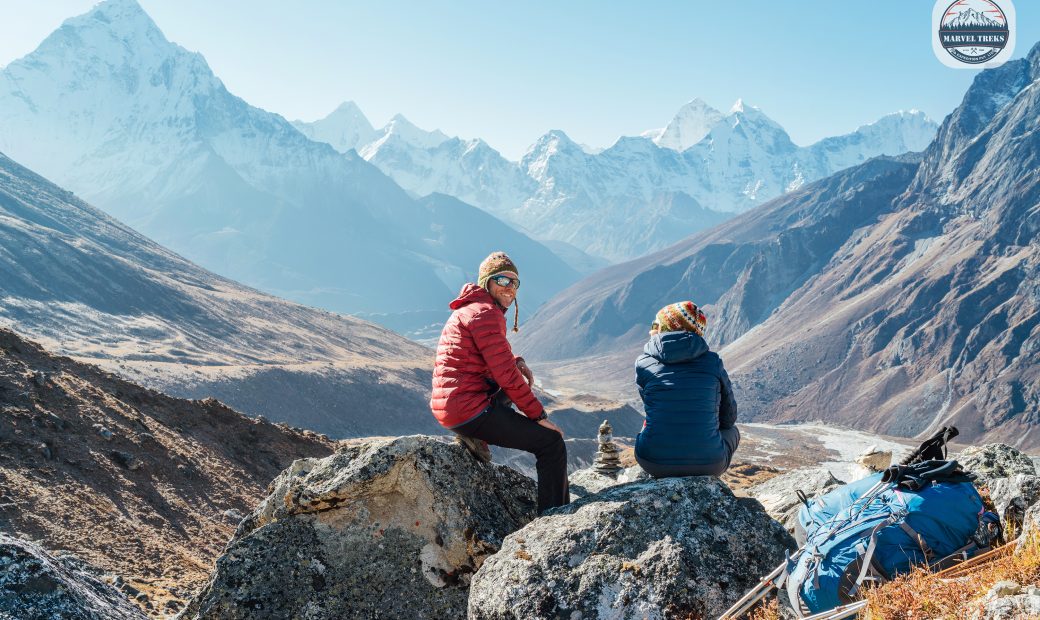
Everest Base Camp Trek
12 Days
Challenging
5,545 m
Lodge/Tea House
Flight/Private Vehicle
2-9 max
Spring/Autumn
Everest Base Camp Trek Overview
In Nepal’s Khumbu region, the Everest Base Camp Trek is well-liked. It leads trekkers past breathtaking mountain vistas, through picturesque Sherpa communities, and finally to the base camp of Mount Everest, the highest mountain in the world.
Being the highest peak in the world with an altitude of 8,849m, Mount Everest is beautifully located between the Nepal and Tibet border in the Solukhumbu district of Nepal. The Sanskrit name for Mount Everest is Sagarmatha which means “peak of heaven”. Justifying the name gives us the vibes of heaven itself.
Sir Edmund Percival Hillary and Sherpa mountaineer Tenzing Norgay were the first people to reach Mount Everest’s summit on July 20, 1919. The trail passes through natural landscapes, glaciers, and stunning views of the Himalayas. Sagarmatha National Park provides excellent protection for the Everest region. Here, you can witness several endangered animals, such as the snow leopard, red panda, Himalayan tahr, wild boar, and others.
Apart from being amazingly beautiful Mount Everest or base camp may have some disadvantages like altitude sickness. It is most likely to have breathing difficulties when you are at such heights. Many accidents have been reported on Everest base camps and Mount Everest peak itself.
Everest Base Camp Trek usually takes 12–14 days to accomplish the trek, and considerable physical fitness is essential. The trek begins and concludes in Lukla, a tiny town with an airport. The journey travels via Namche Bazaar, Tengboche, and Gorak Shep, which are all popular stopovers along the way.
Awe-inspiring views of the Himalayas, including Mt. Everest, Lhotse, Nuptse, Ama Dablam, and many more peaks, are visible from the trail that follows the Dudh Koshi river. The trek can be done in both teahouse and camping style. For many hikers and trekkers, it is the adventure of a lifetime.
Highlights of Everest Base Camp Trek
- Getting to the base camp of Mount Everest, the highest peak in the world.
- Traveling through the Sagarmatha National Park, a UNESCO World Heritage Site.
- Breathtaking mountain views, including glimpses of Ama Dablam, Lhotse, Nuptse, and Mount Everest, among other peaks.
- Witnessing the typical Sherpa way of life and passing through lovely Sherpa villages.
- Hiking through rhododendron forests and along the Dudh Kosi river.
- Reaching Kala Patthar’s peak, a lookout point with expansive views of the Himalayas.
- Walk through the Hillary-Tenzing Memorial at Namche Bazaar and the well-known Hillary Bridge.
Outline Itinerary
- Day 01: Kathmandu Arrival
- Day 02: Lukla Flight and Trek to Phakding, 35 minutes flight, 3-4 hrs walk
- Day 03: Phakding to Namche Bazaar, 5-6 hrs walk
- Day 04: Namche Bazaar-Debouche, 5-6 hrs walk
- Day 05: Debouche to Dingboche, 5-6 hrs walk
- Day 06: Dingboche to Dughla, 3-4 hrs walk
- Day 07: Dughla to Lobuche, 2-4 hours walk
- Day 08: Lobuche- Gorakshep- EBC & back to Gorakshep, 7-8 hrs walk
- Day 09: Gorakshep- Kalapatthar- Pherice, 7-8 hrs walk
- Day 10: Pherice to Namche Bazaar, 6-7 hrs walk
- Day 11: Namche Bazar to Lukla, 6-7 hrs walk
- Day 12: Lukla to Kathmandu, 35 minutes flight
Best Time to Visit EBC
Even though EBC welcomes everyone almost all the months, still the best time to visit EBC is April to May and September to October. At this time the temperature is moderate with slight rainfall. You get the chance to see the dazzling view of mountains, clear blues skies, and snow.
However, if you are on a limited budget the best time for you is early winter. You can actually get cheaper accommodation and food in early winter.
Note: it is almost impossible to trek in mid and late winter due to extreme cold and snowfall and higher chances of avalanches.
Other Requirement
Insurance
Travel insurance is more of a mandatory thing to do before traveling anywhere. Do not forget to mention the maximum altitude you will be reaching because insurance varies and depends upon the height or elevation. You can always get more ideas about travel insurance from travel agencies or the insurance company itself. You can also get one from any travel agency.
Visa and passports
For all foreigners besides Indians, you will be needing a valid visa and valid passport to visit anywhere in Nepal. You can have your Nepalese visa at Tribhuwan international airport in Kathmandu. You will also need two passport-sized photographs for trekking permits.
Packing List
Clothing and equipment
| Trekking trousers | Money/cash |
| Trekking shocks | Torch lights |
| Trekking boots | Medicines |
| Waterproof pants | Sunglasses |
| Waterproof jackets | Beanies and gloves |
| Warm shirts and t shirts | Medicines |
| Thermal tops and bottoms | Toiletries |
| Underwear | Wash kit |
| Fleece jacket | Safety kit |
| Down jacket | Hand sanitizers |
| Trekking pole | Water bottles and water purifier |
| Raincoats | Trash bag and tissue papers |
| Sleeping bags | Charger/adapters |
| Duffel bags | Power banks |
| Backpack | Camera |
| raincoats | Cooking gas |
| Cooking utensils | Passport |
| Passport size photographs | Permits |
Dates of Trip
Group Discount Prices
Frequently Asked Questions
Booking Details
- A detailed certificate from Marvel Treks and Expedition (after accomplishment)
- A complimentary raincoat to shed you during the rainy season. (returnable)
- A Complimentary Duffel Bag throughout the trek from our company. (returnable)
- A warm complimentary Down Jacket during the entire trek on behalf of Marvel Treks. (returnable)
- A complimentary sleeping bag for your icy trek. (returnable)
- The essential climbing gears like mountain axe, trekking sticks etc. for your need throughout the trek. (returnable)
- Critical complimentary First Aid Service (in times of need)
- An informative trekking map for you to cherish on behalf of our company
- Trendy Sunhat and t-shirt as souvenirs on behalf of Marvel Treks and Expedition.
- Delightful complimentary Authentic Nepali cuisine as dinner to embark on your arrival and departure
- All the crucial services about airport transfer to and from the hotel via a private tourist vehicle ($40)
- TIMS (Trekkers’ Information Management Systems )($10)
- National park entry fees / ACAP permits / Conservation entry fees. ( $30)
- 2 nights accommodation in a Kathmandu (Kathmandu hotel or similar) ($40)
- All essential local tax and Gov tax office service charges ($100 )
- Porter Guide ($350)
- Marvel Treks and Expedition won’t be responsible for all the Lunch and dinner in Kathmandu.
- Extra nights in any city that’s not accommodated in the itinerary of Marvel Treks and Expedition.
- All the International flight checks and airfares.
- Marvel Treks and Expedition won’t be responsible for alcoholic/ non-alcoholic liquors.
- Additional porter fees along with tips of guides and porters.
- Electronic gadgets like chargers, headphones.
- Individual costs like a hot shower, phone calls, laundry, souvenirs.
- Travel coverage and emergency evacuations.
- Tips for our staff’s drivers.
Price: US$ per person
Everest Base Camp Trek
$650.00 $650.00,
Price W/O Addons: US$ per person
- A detailed certificate from Marvel Treks and Expedition (after accomplishment)
- A complimentary raincoat to shed you during the rainy season. (returnable)
- A Complimentary Duffel Bag throughout the trek from our company. (returnable)
- A warm complimentary Down Jacket during the entire trek on behalf of Marvel Treks. (returnable)
- A complimentary sleeping bag for your icy trek. (returnable)
- The essential climbing gears like mountain axe, trekking sticks etc. for your need throughout the trek. (returnable)
- Critical complimentary First Aid Service (in times of need)
- An informative trekking map for you to cherish on behalf of our company
- Trendy Sunhat and t-shirt as souvenirs on behalf of Marvel Treks and Expedition.
- Delightful complimentary Authentic Nepali cuisine as dinner to embark on your arrival and departure
- All the crucial services about airport transfer to and from the hotel via a private tourist vehicle ($40)
- TIMS (Trekkers’ Information Management Systems )($10)
- National park entry fees / ACAP permits / Conservation entry fees. ( $30)
- 2 nights accommodation in a Kathmandu (Kathmandu hotel or similar) ($40)
- All essential local tax and Gov tax office service charges ($100 )
- Porter Guide ($350)
- Marvel Treks and Expedition won’t be responsible for all the Lunch and dinner in Kathmandu.
- Extra nights in any city that’s not accommodated in the itinerary of Marvel Treks and Expedition.
- All the International flight checks and airfares.
- Marvel Treks and Expedition won’t be responsible for alcoholic/ non-alcoholic liquors.
- Additional porter fees along with tips of guides and porters.
- Electronic gadgets like chargers, headphones.
- Individual costs like a hot shower, phone calls, laundry, souvenirs.
- Travel coverage and emergency evacuations.
- Tips for our staff’s drivers.
Everest Base Camp Trek
$650.00 $650.00,




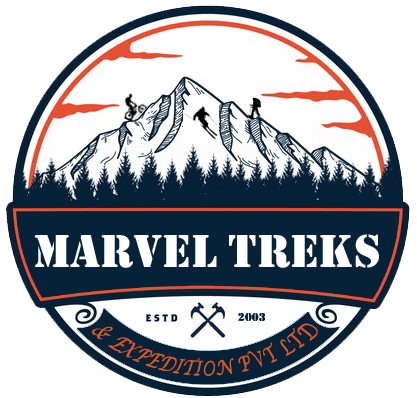
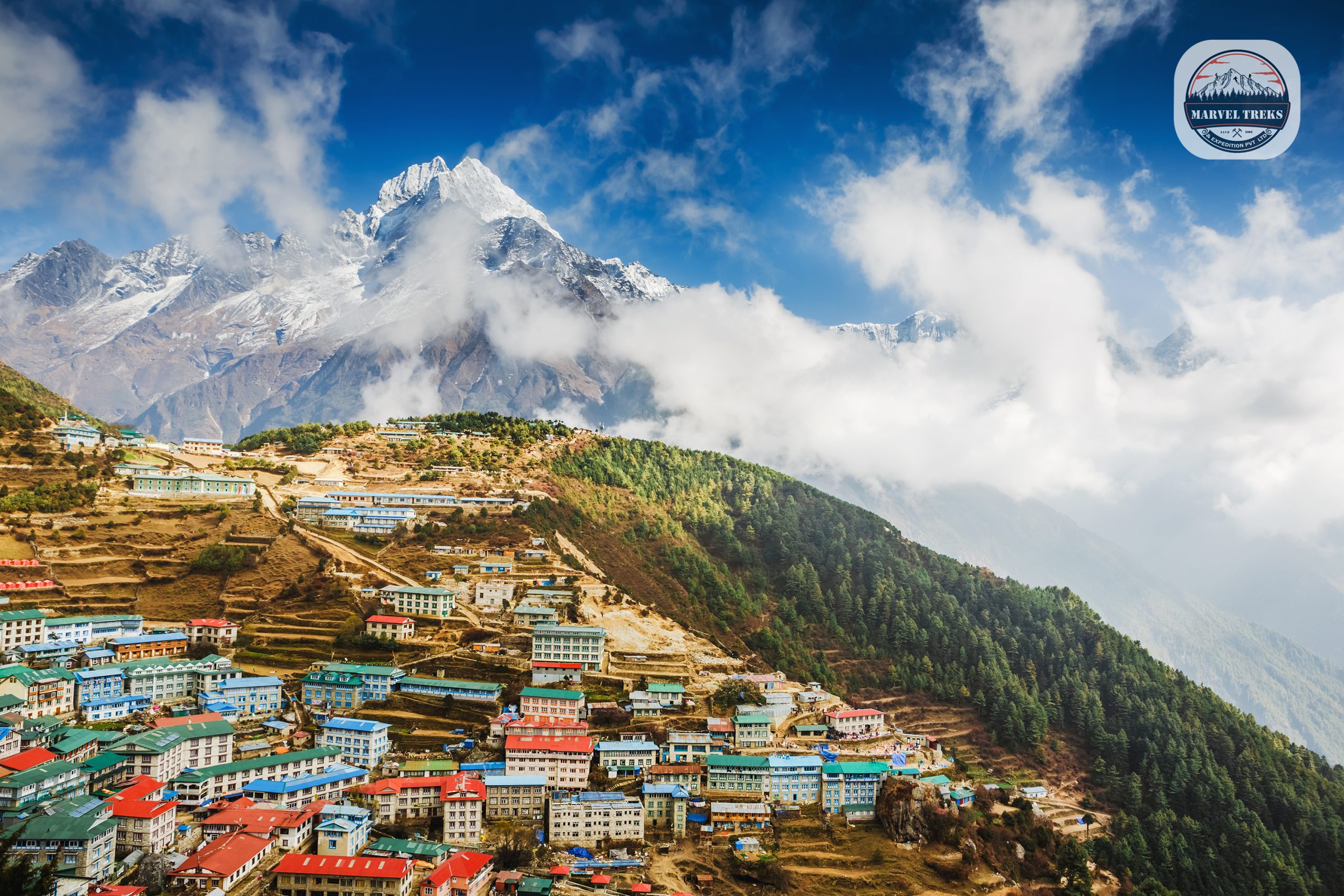
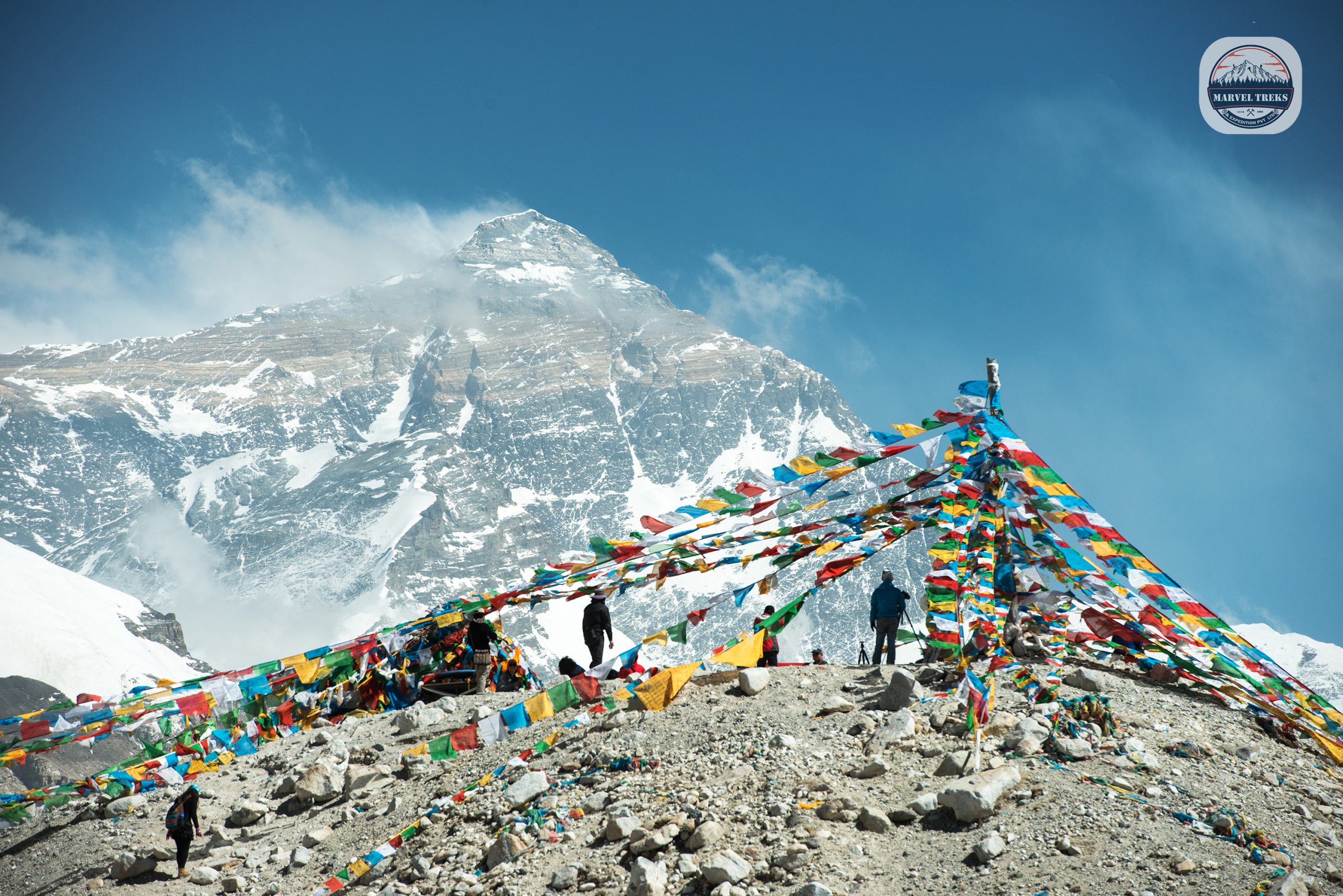
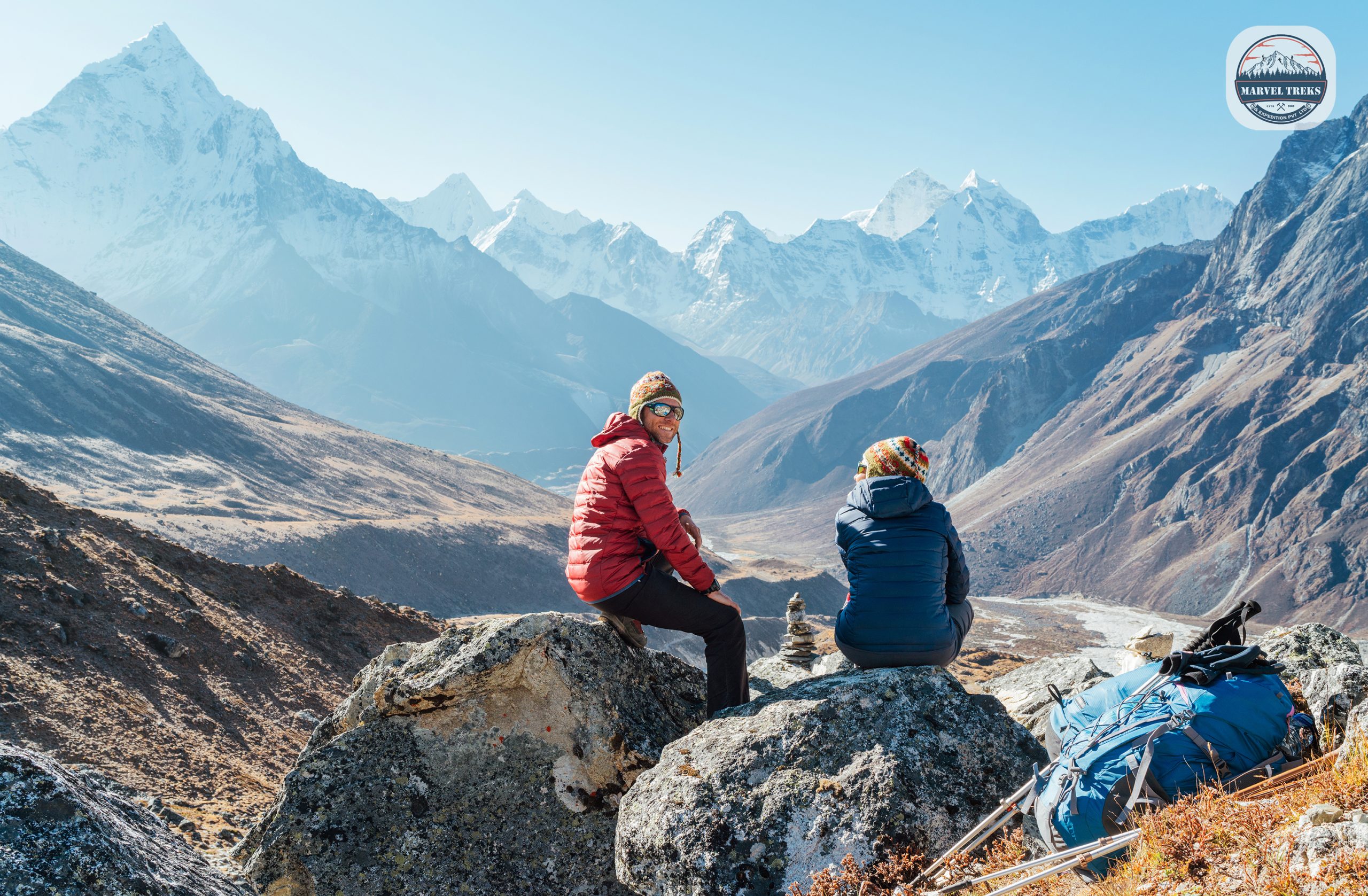
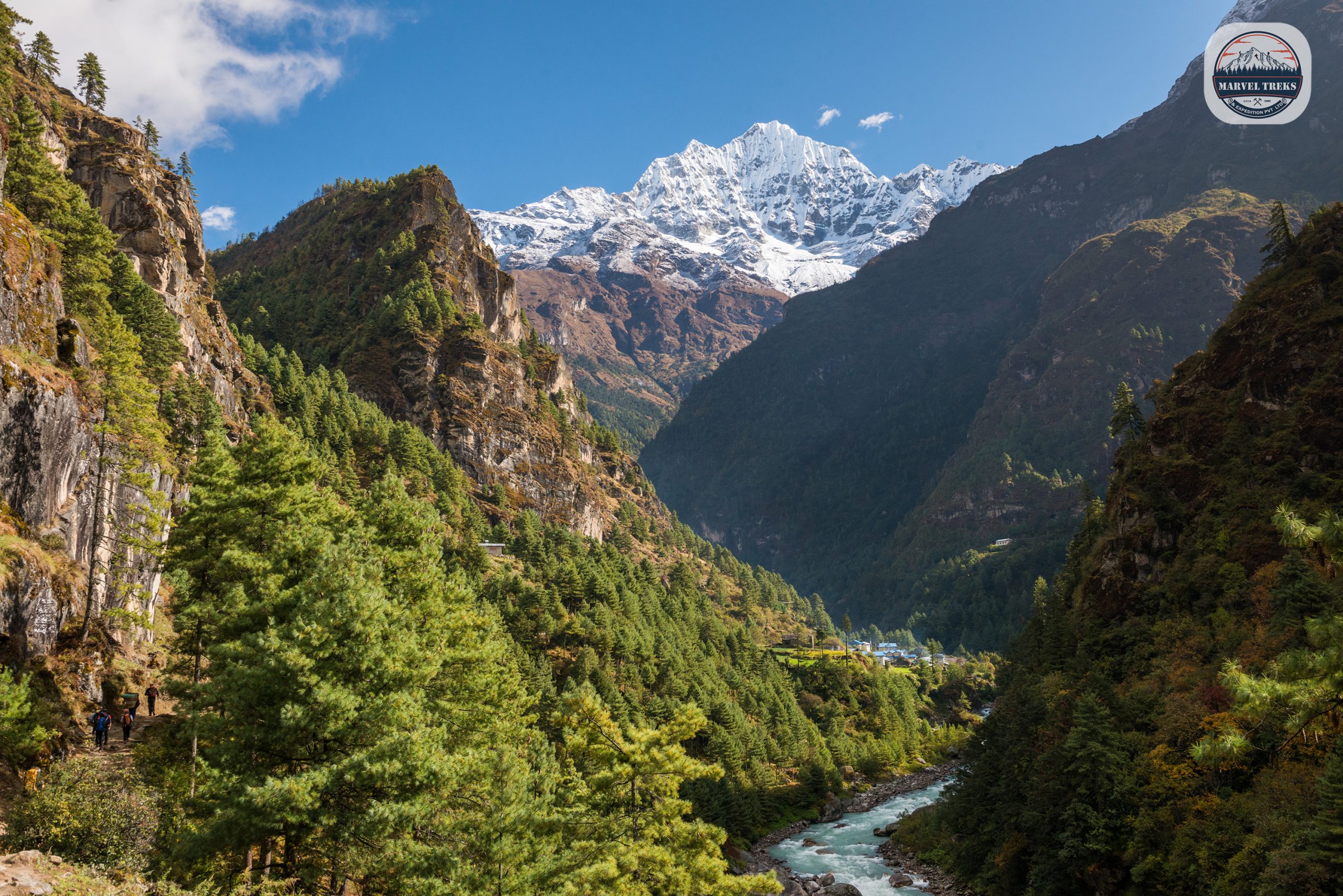




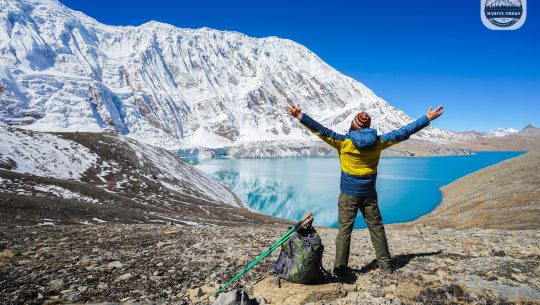

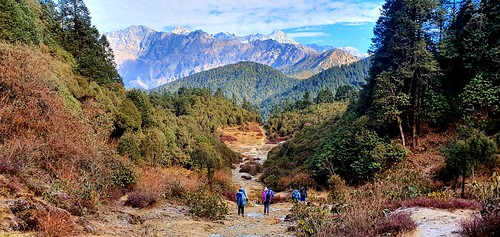
Reviews
There are no reviews yet.